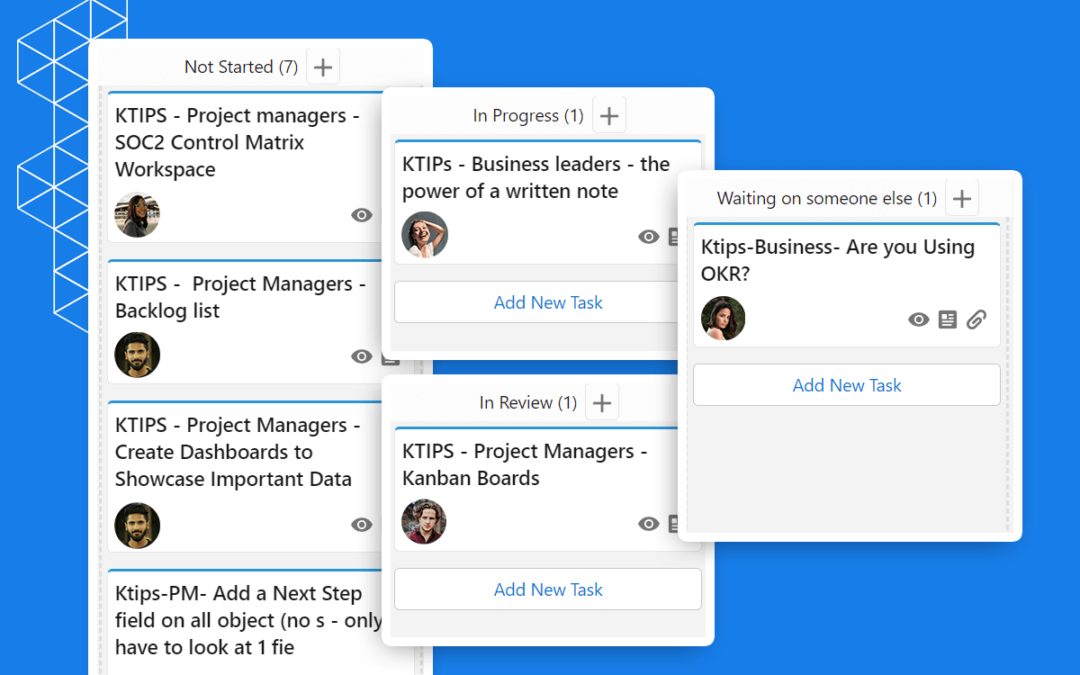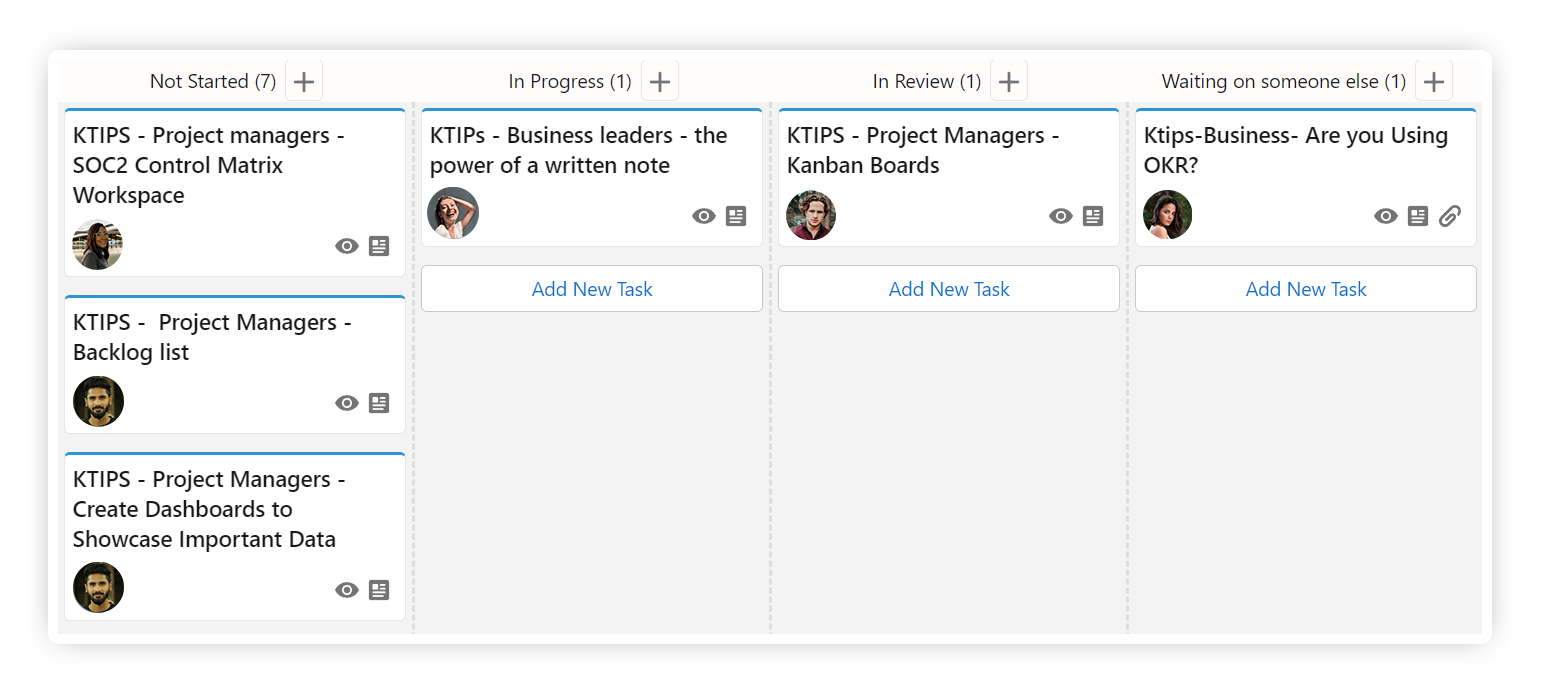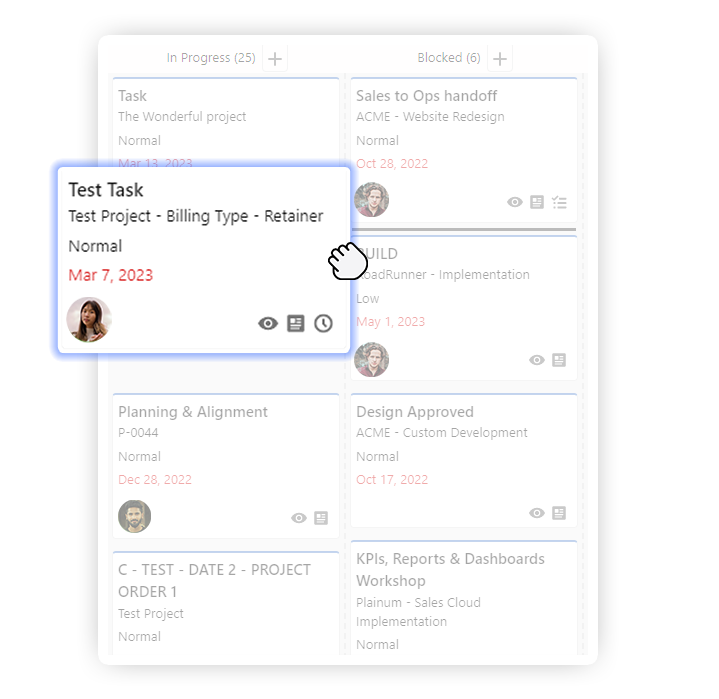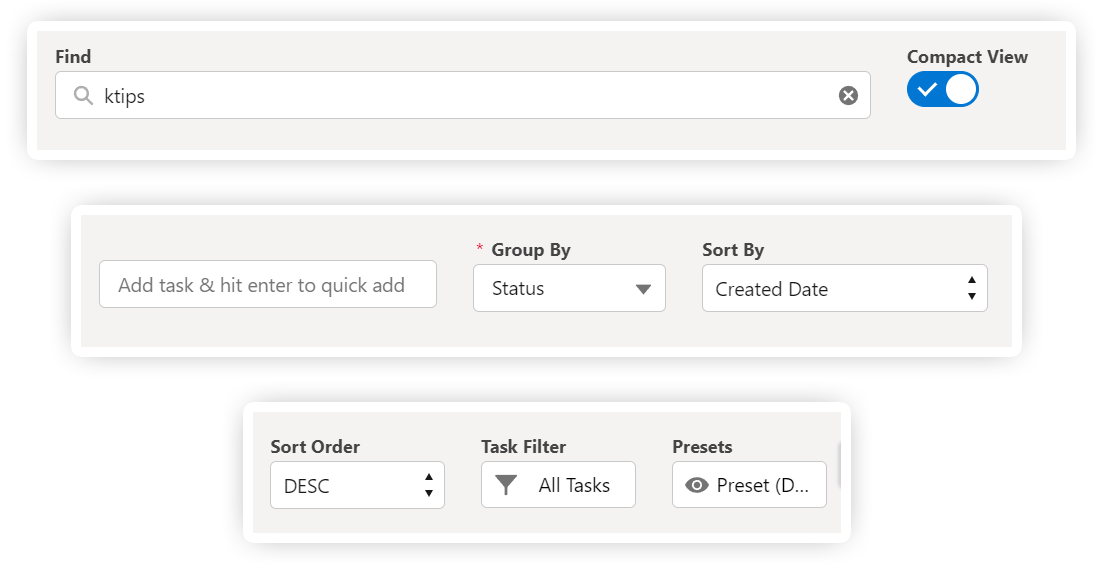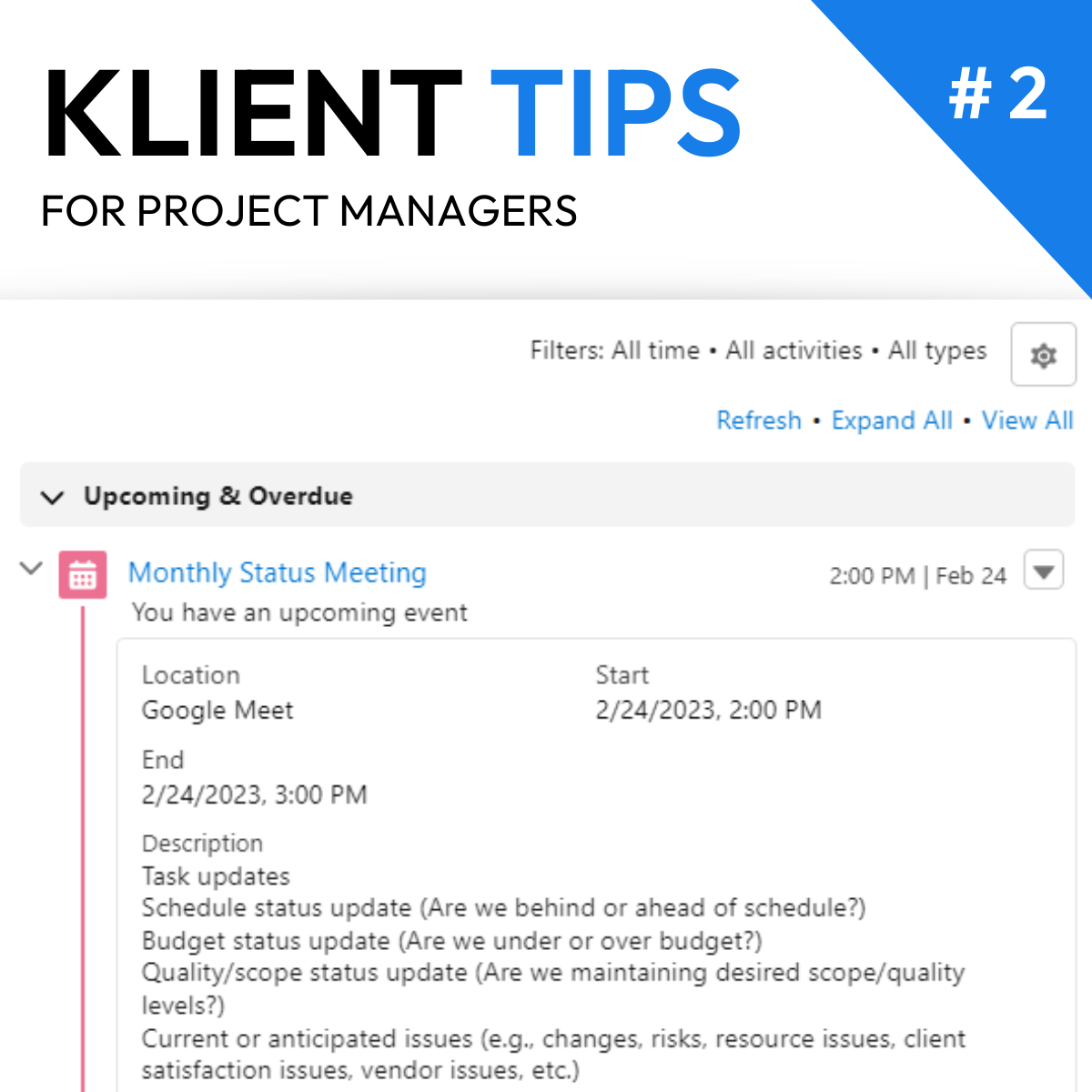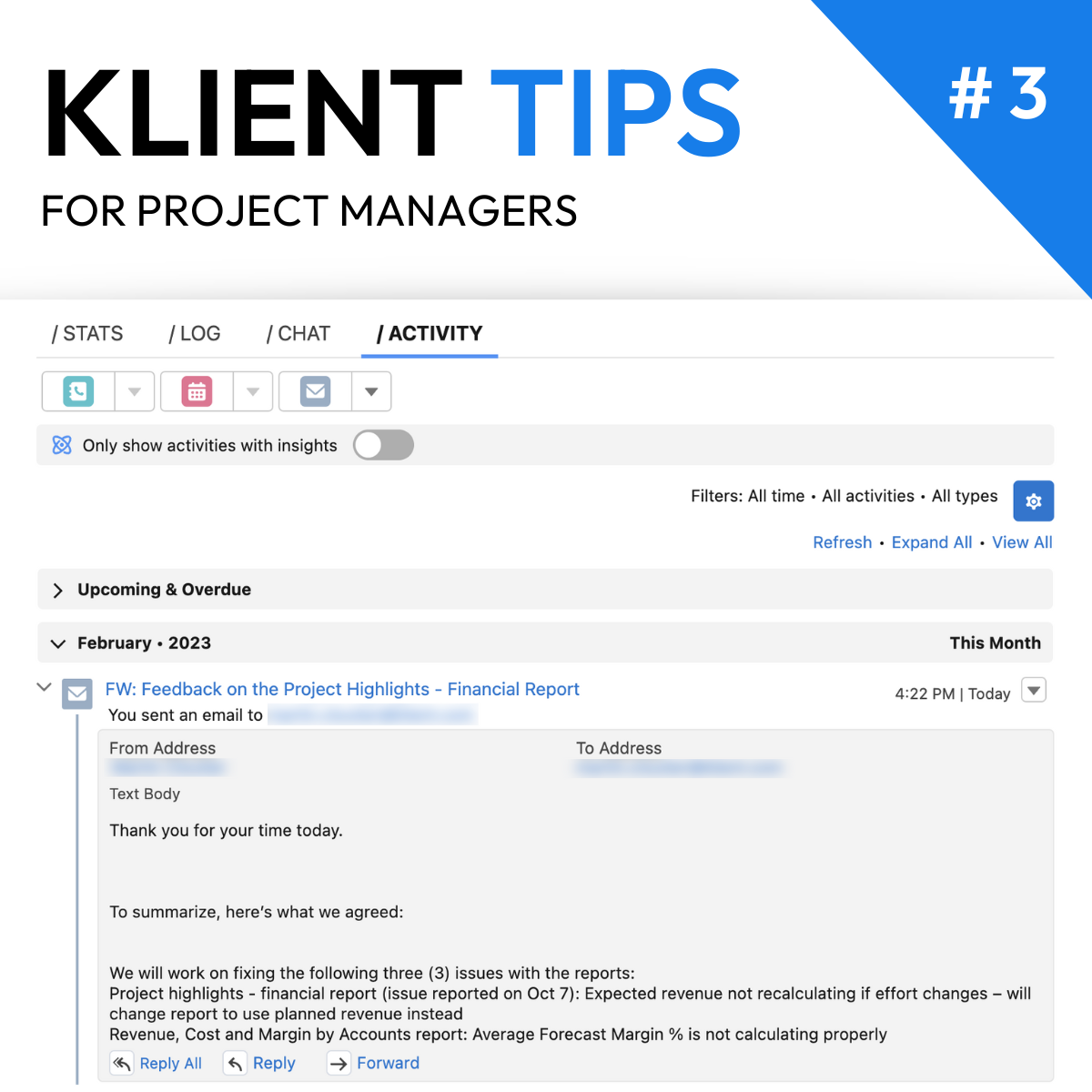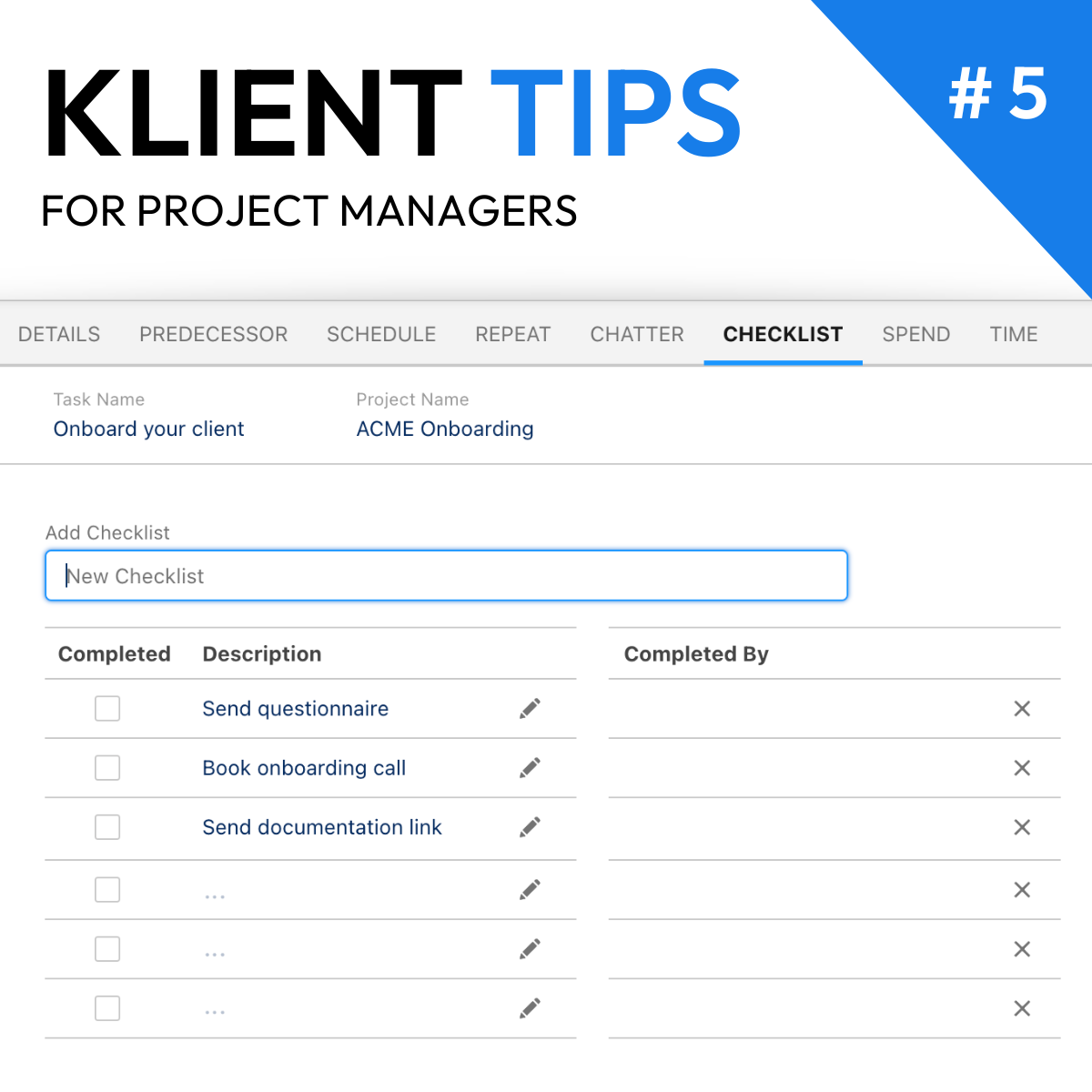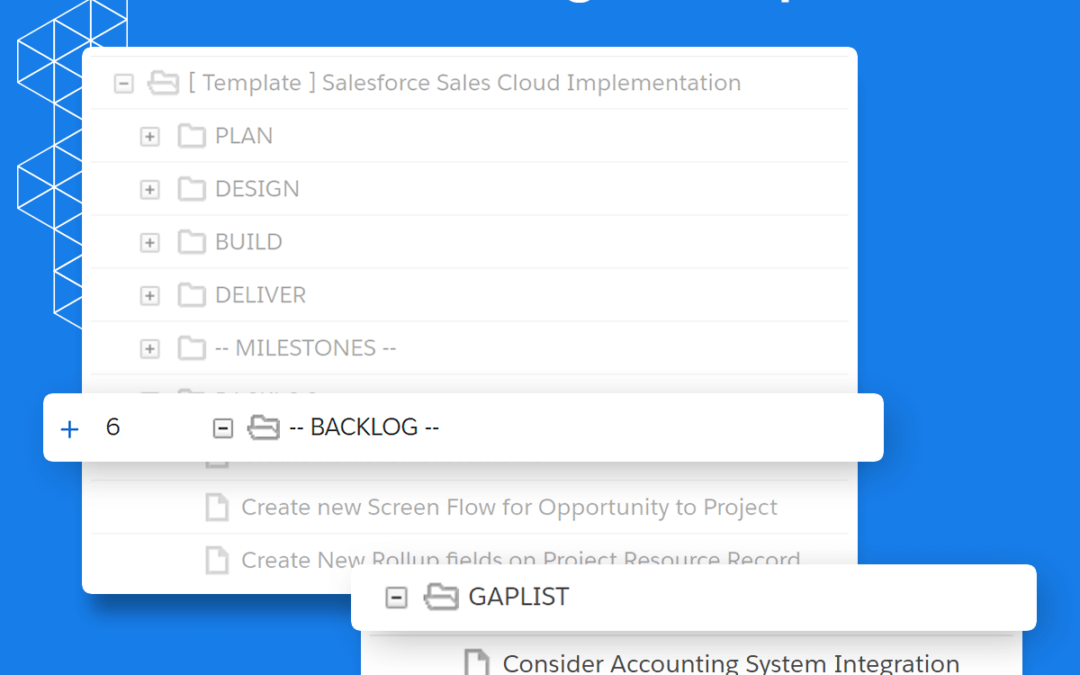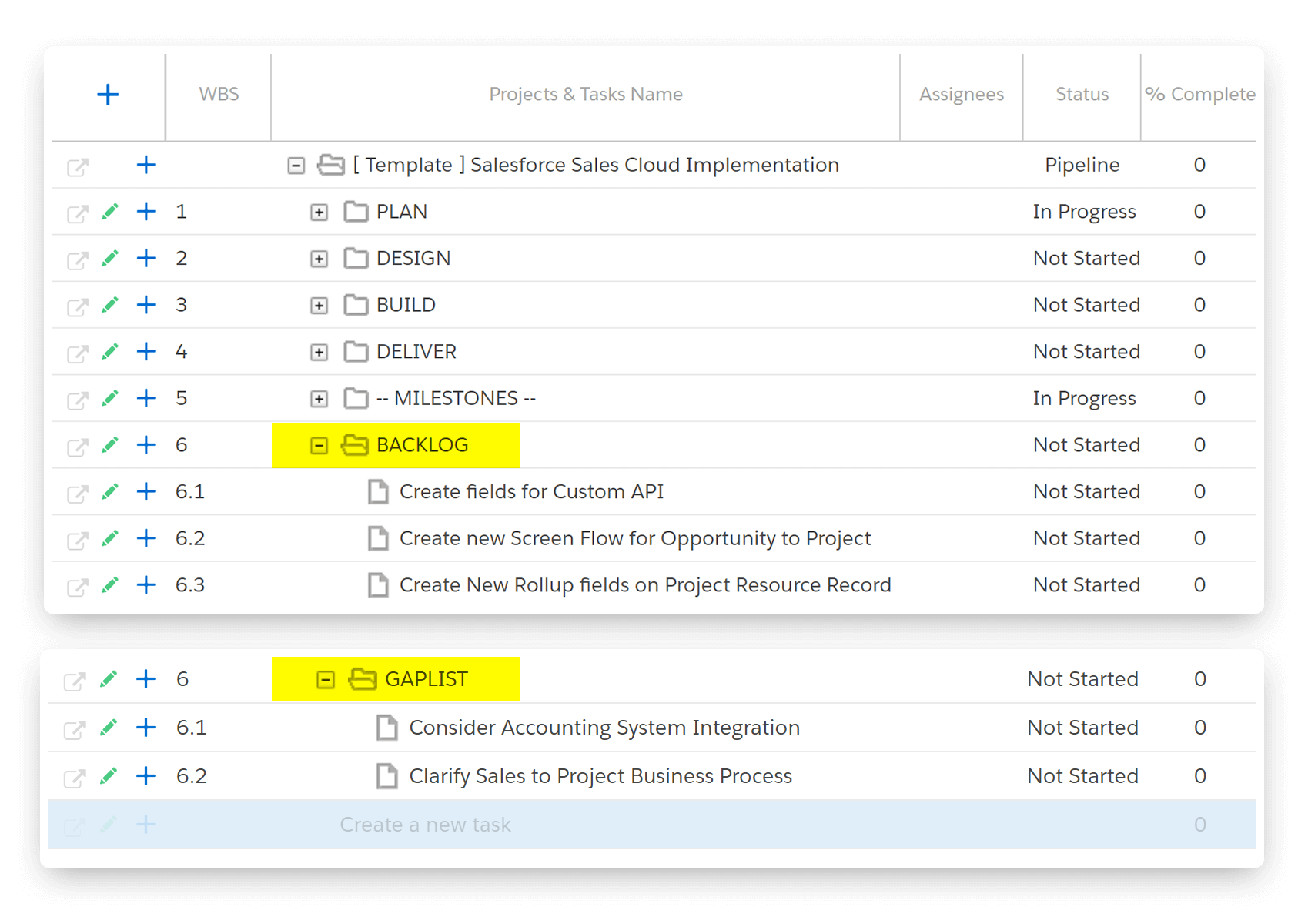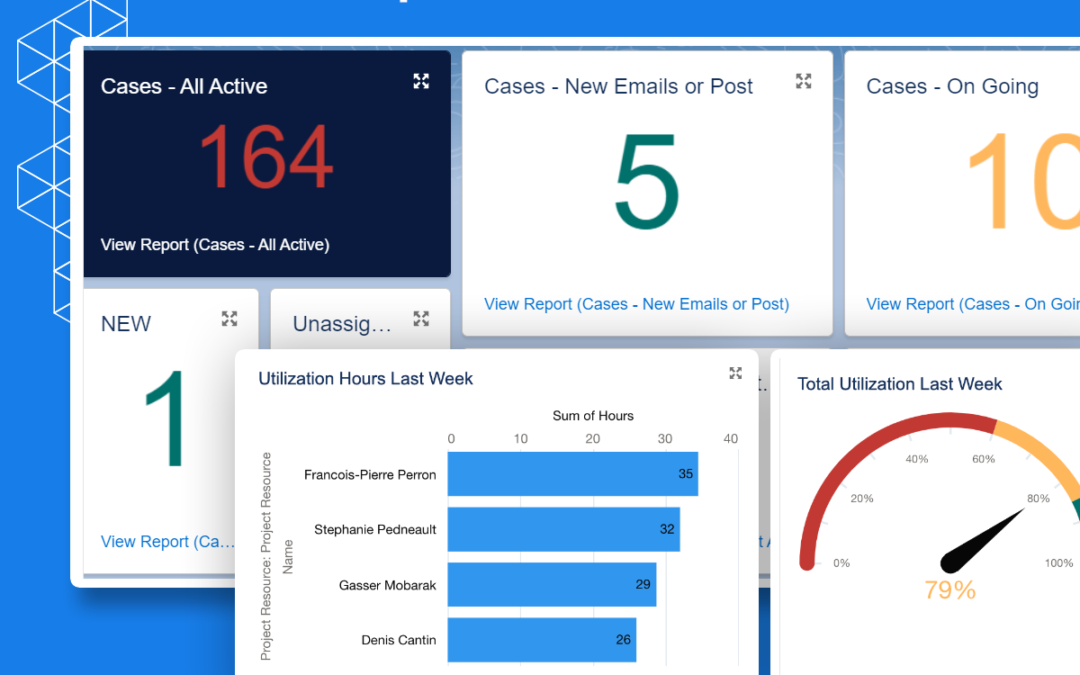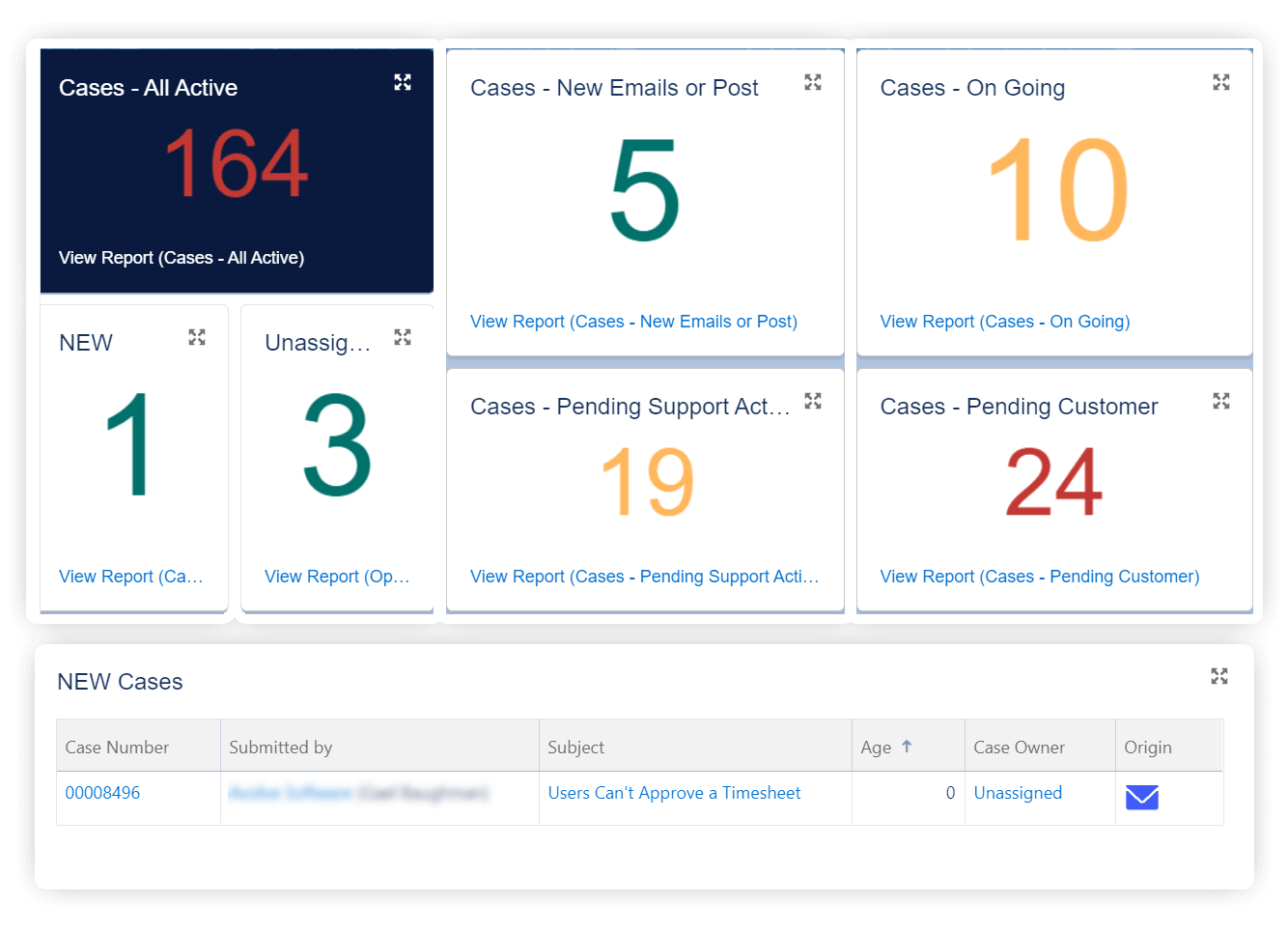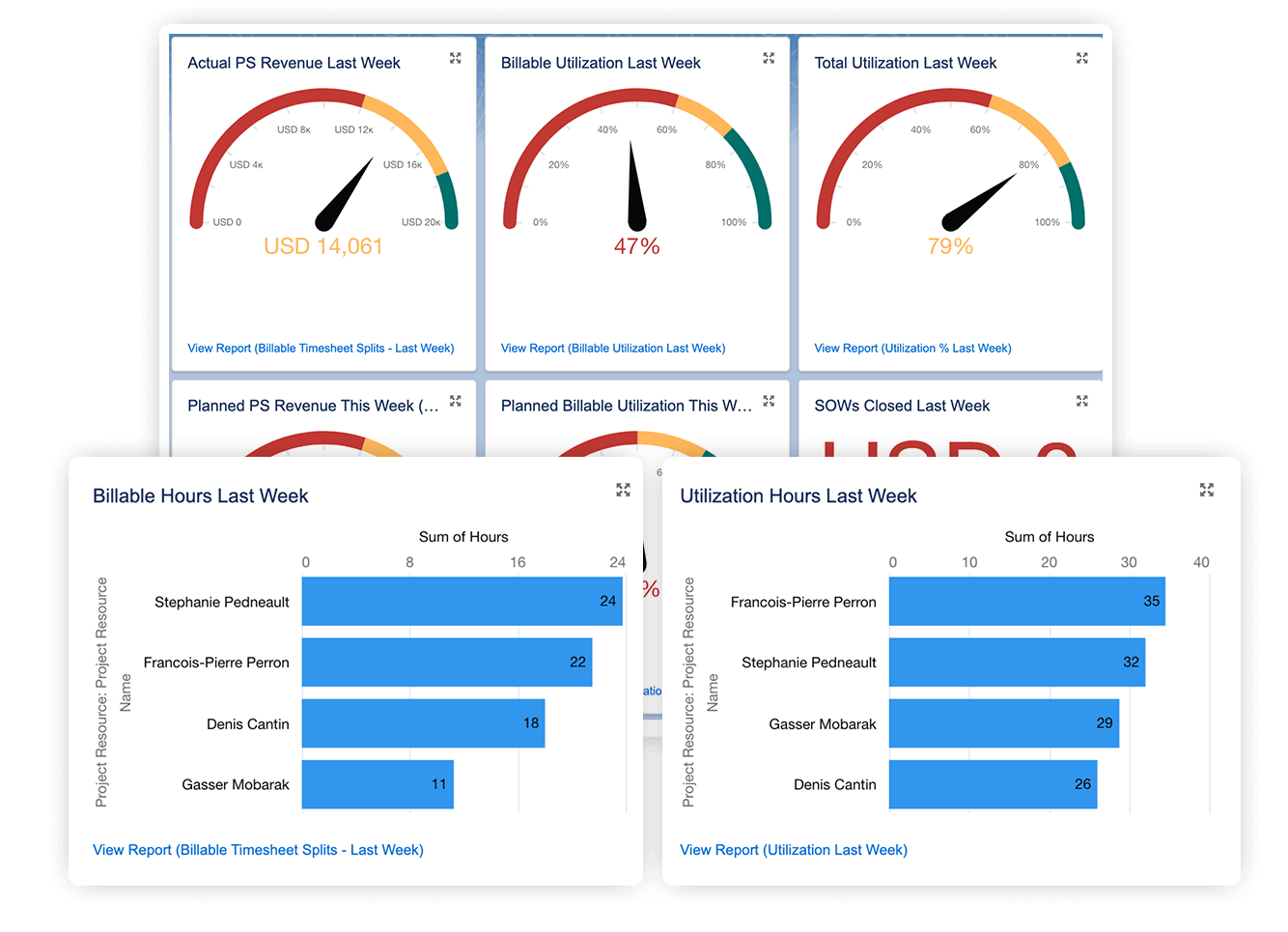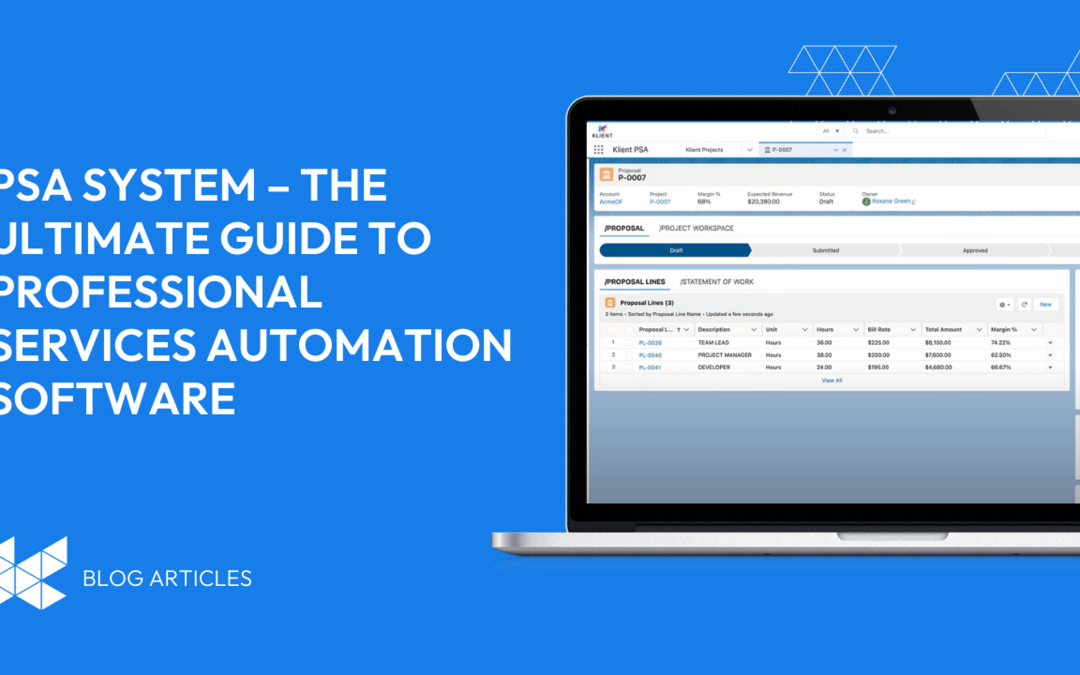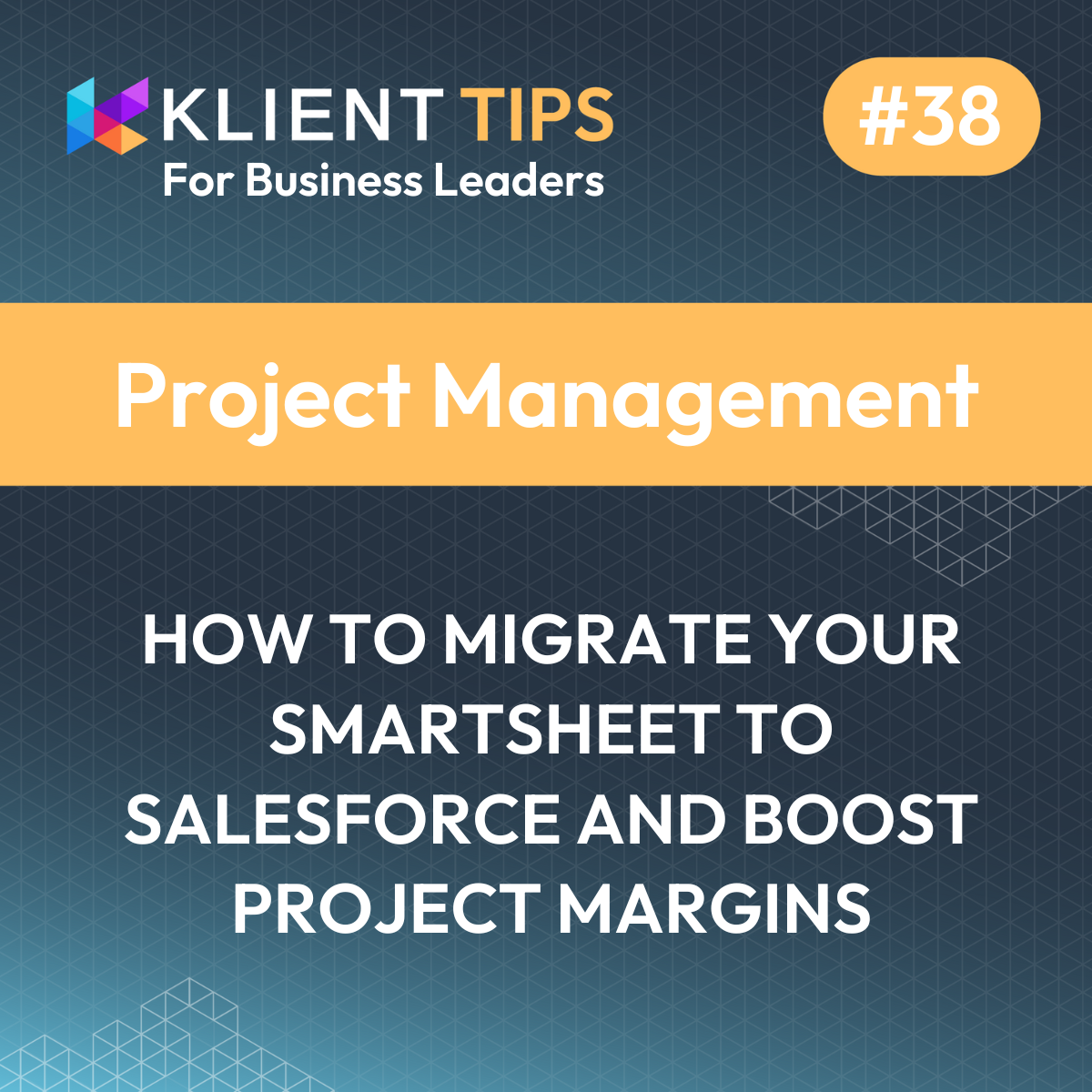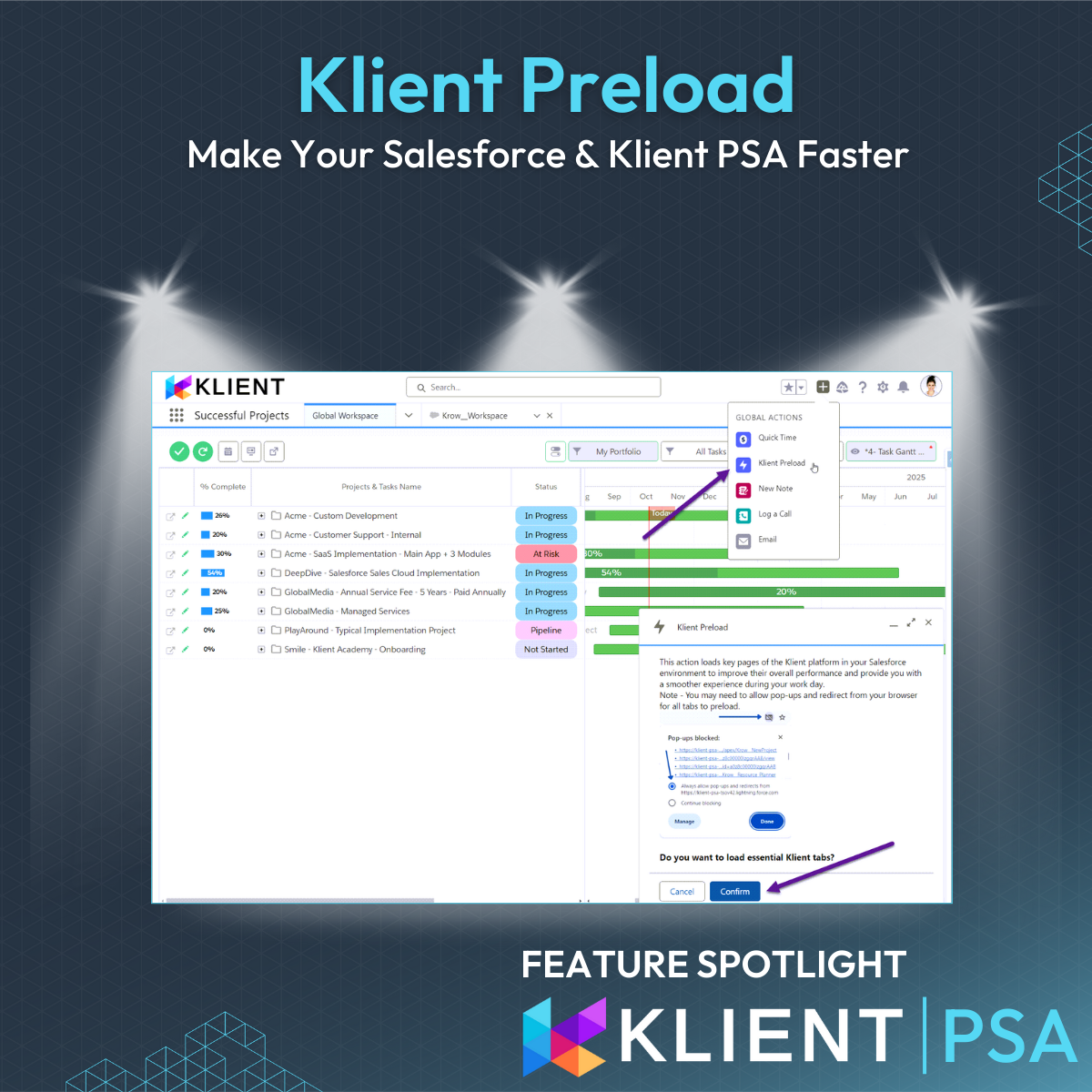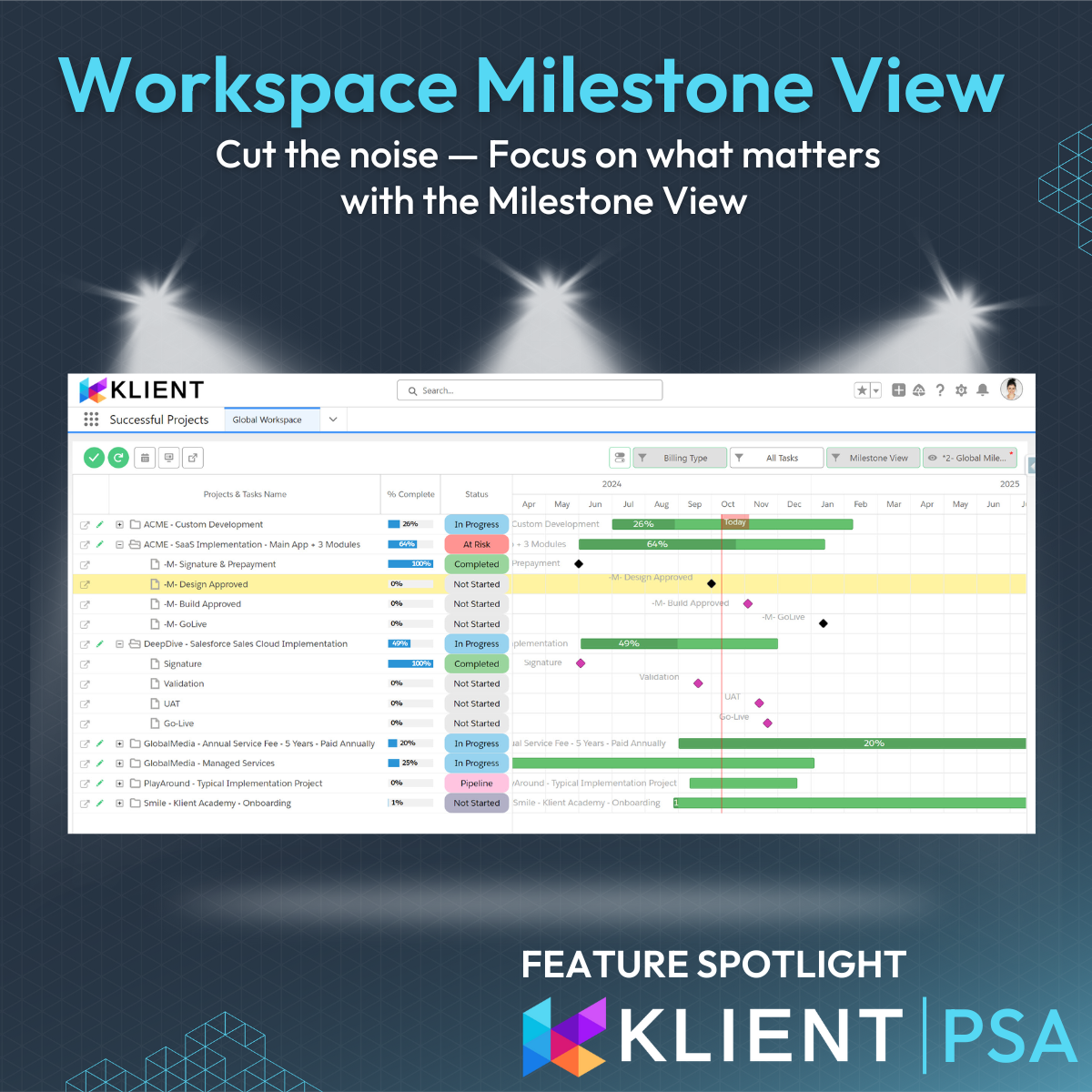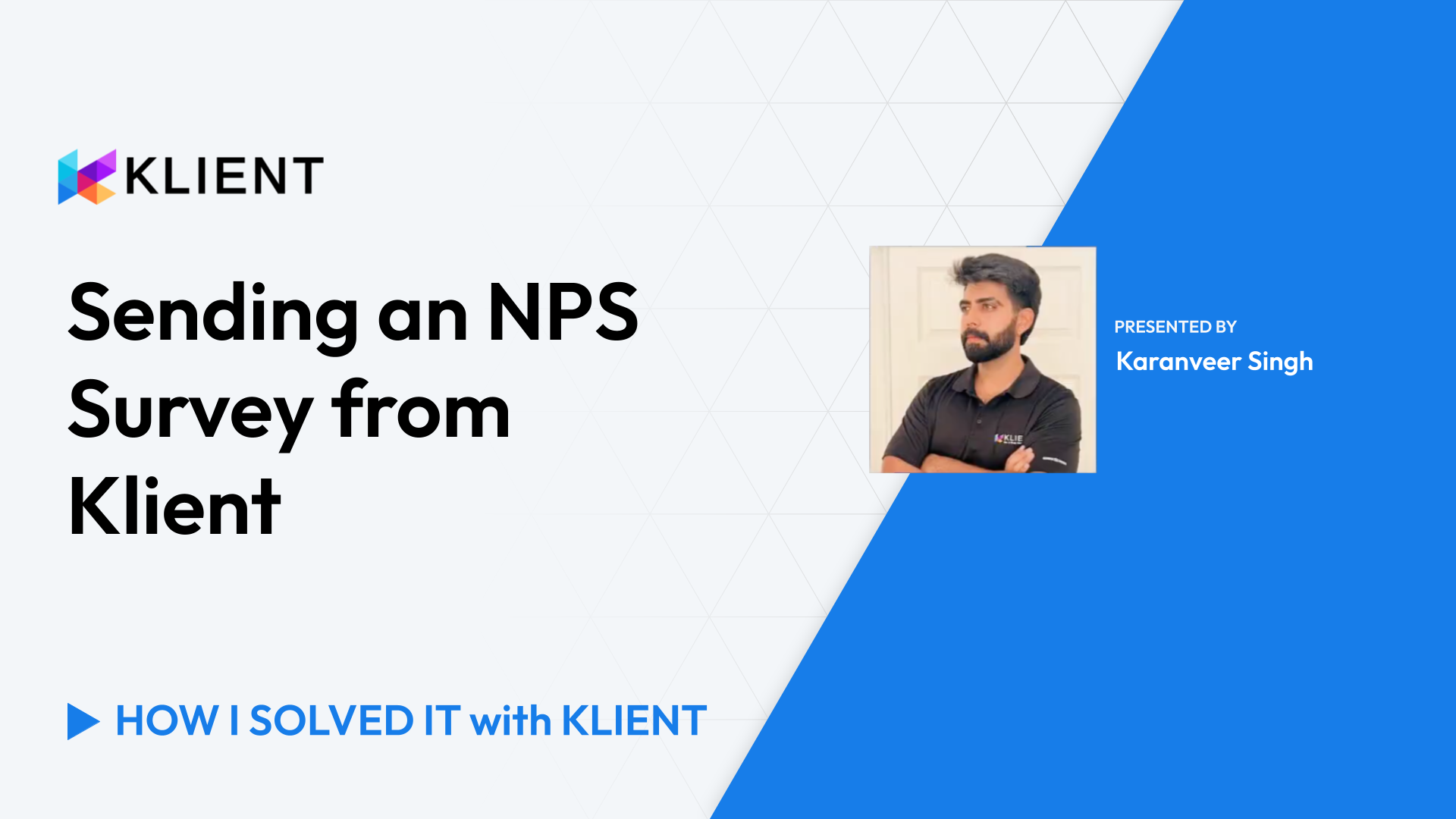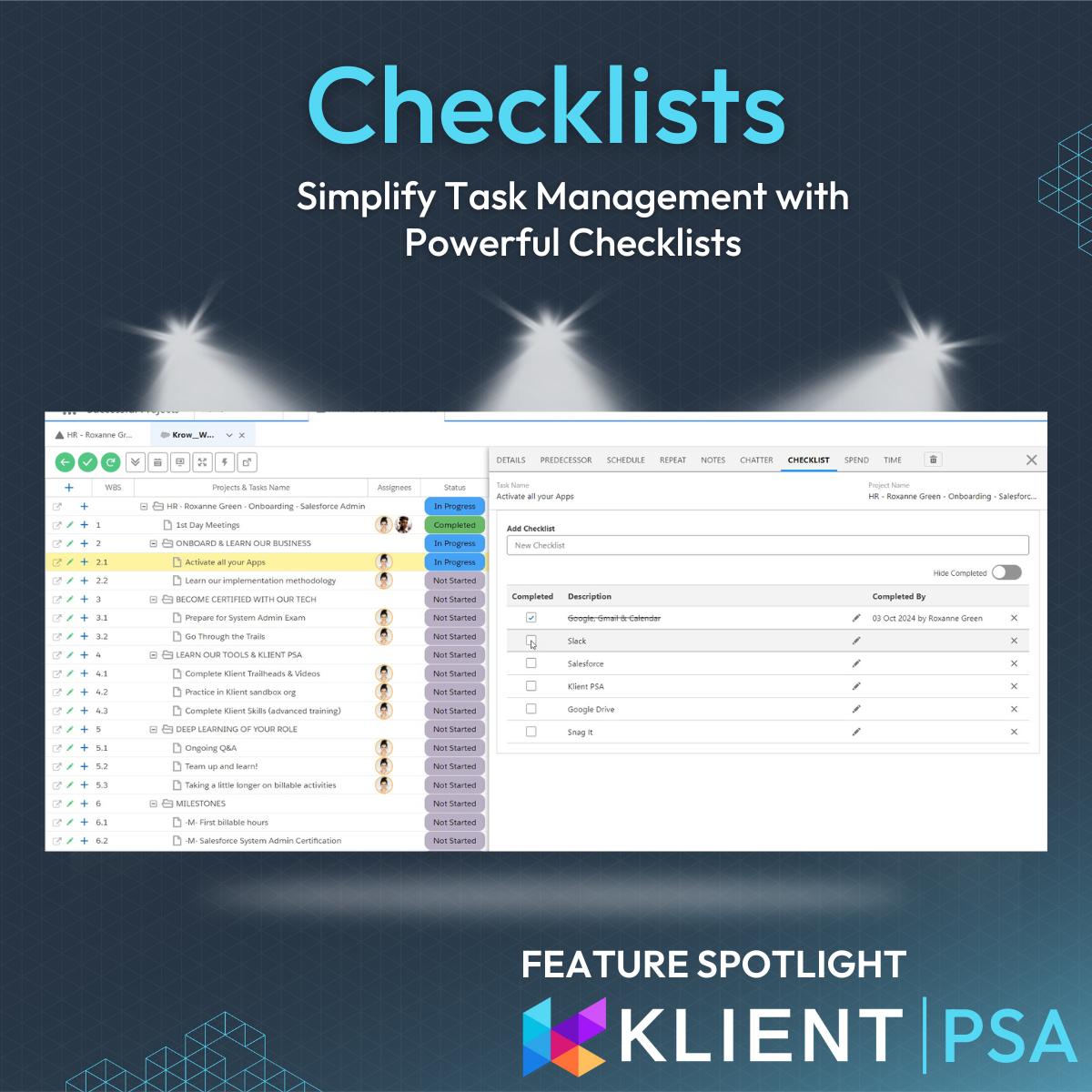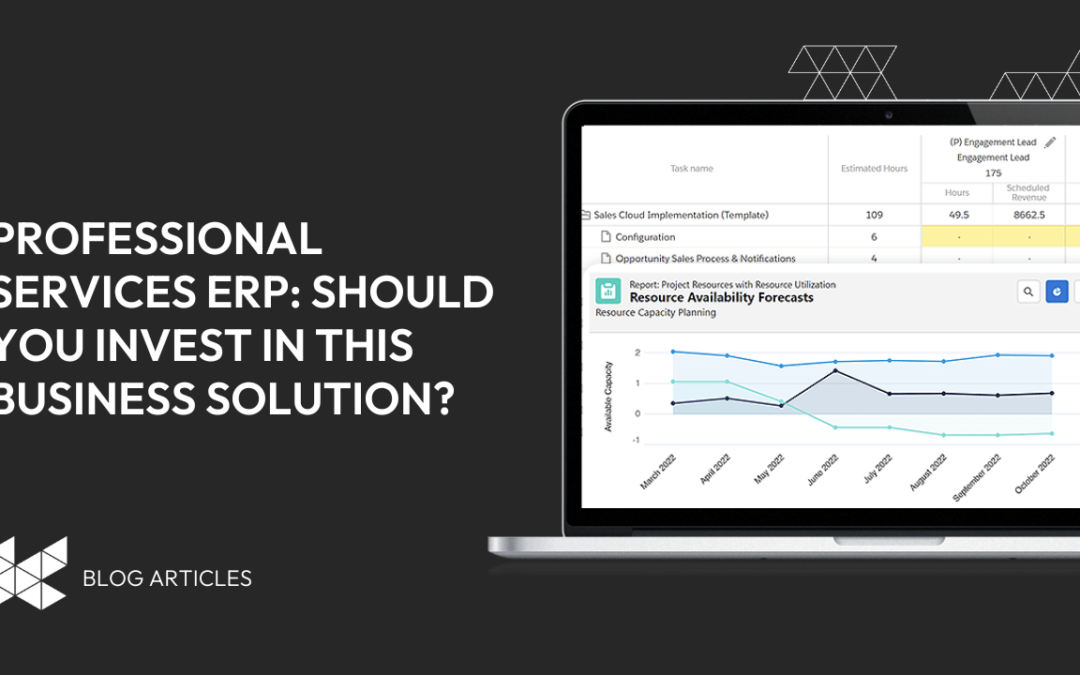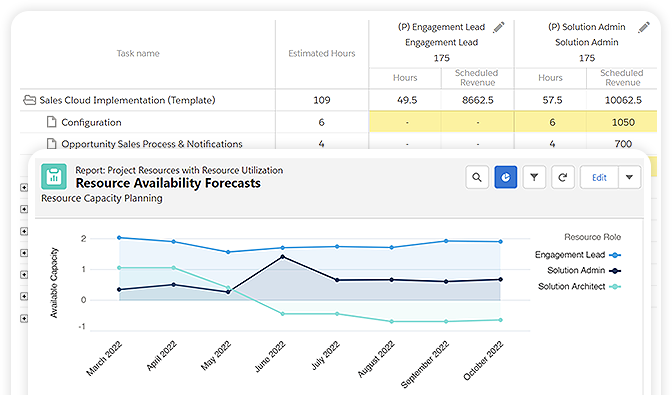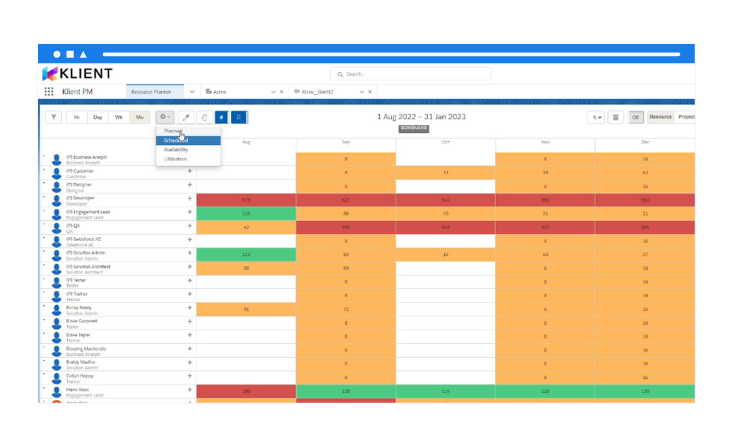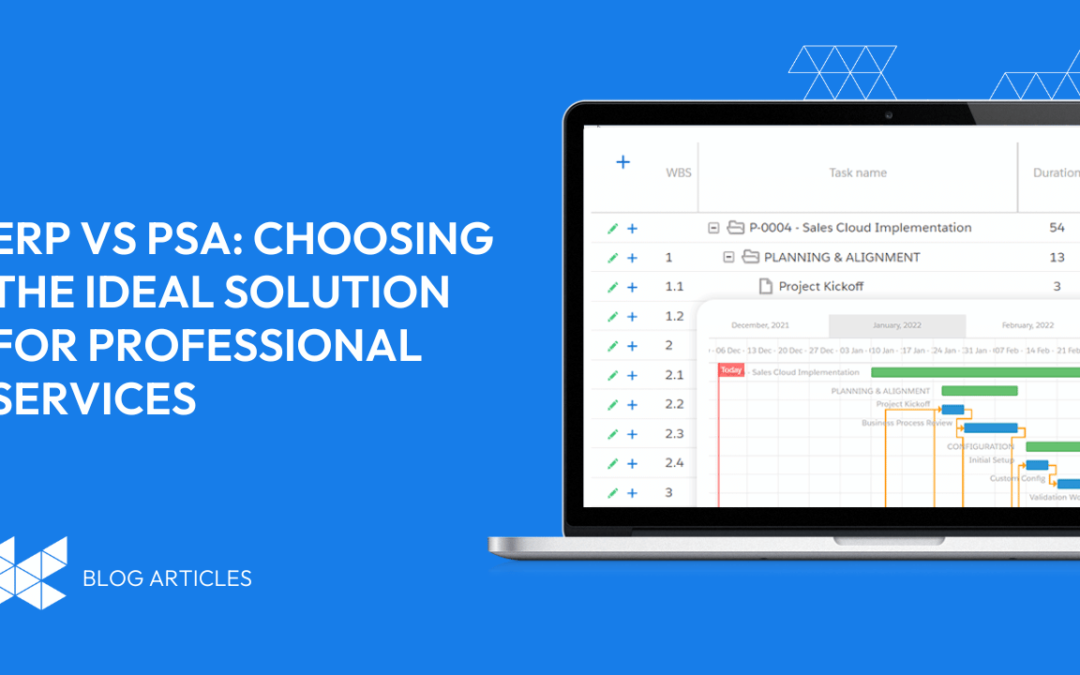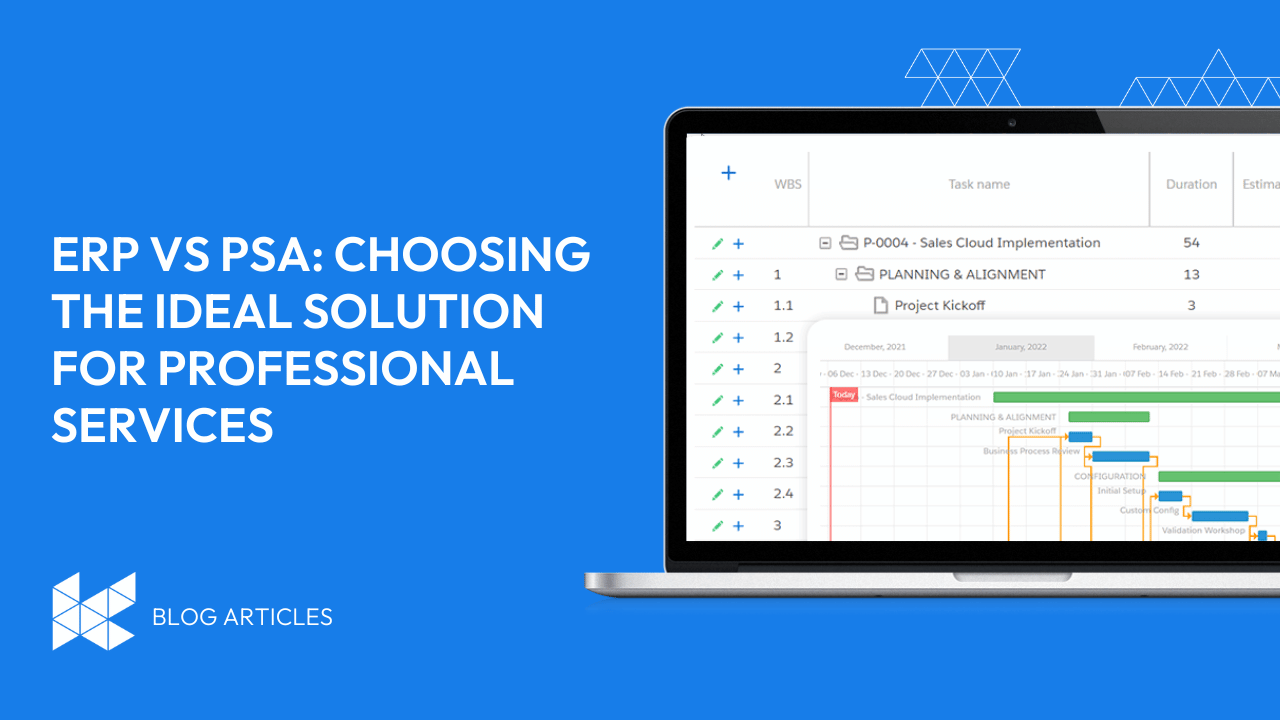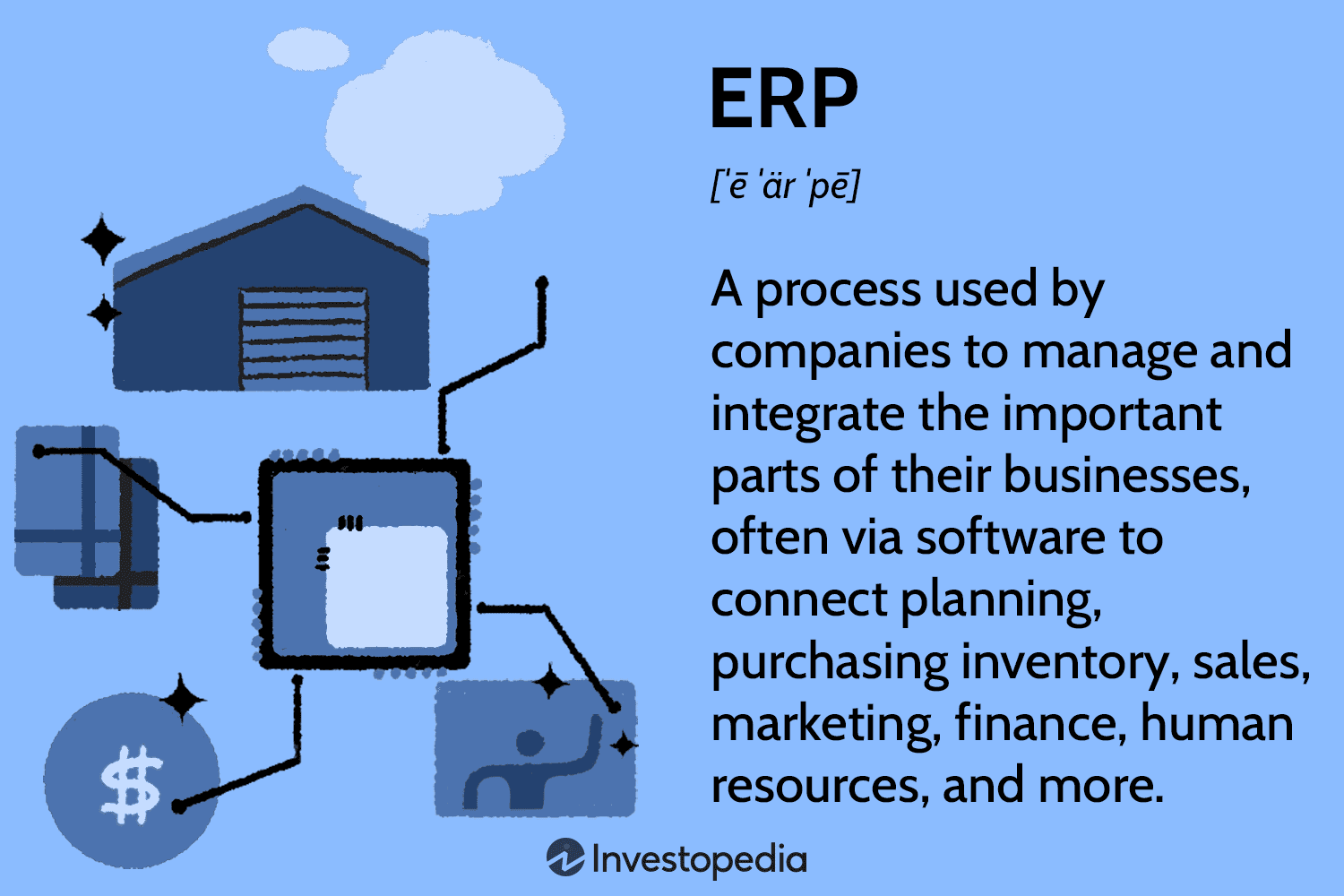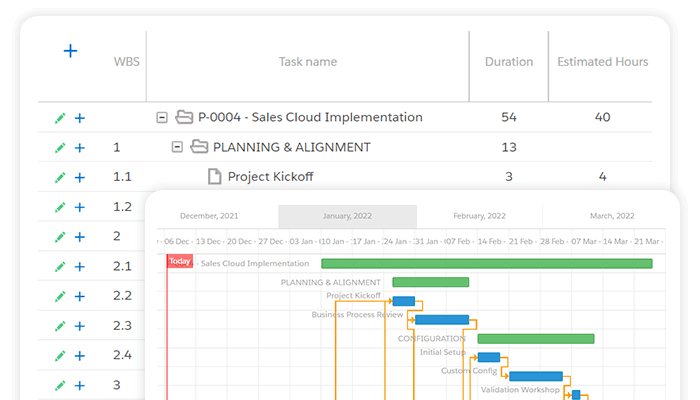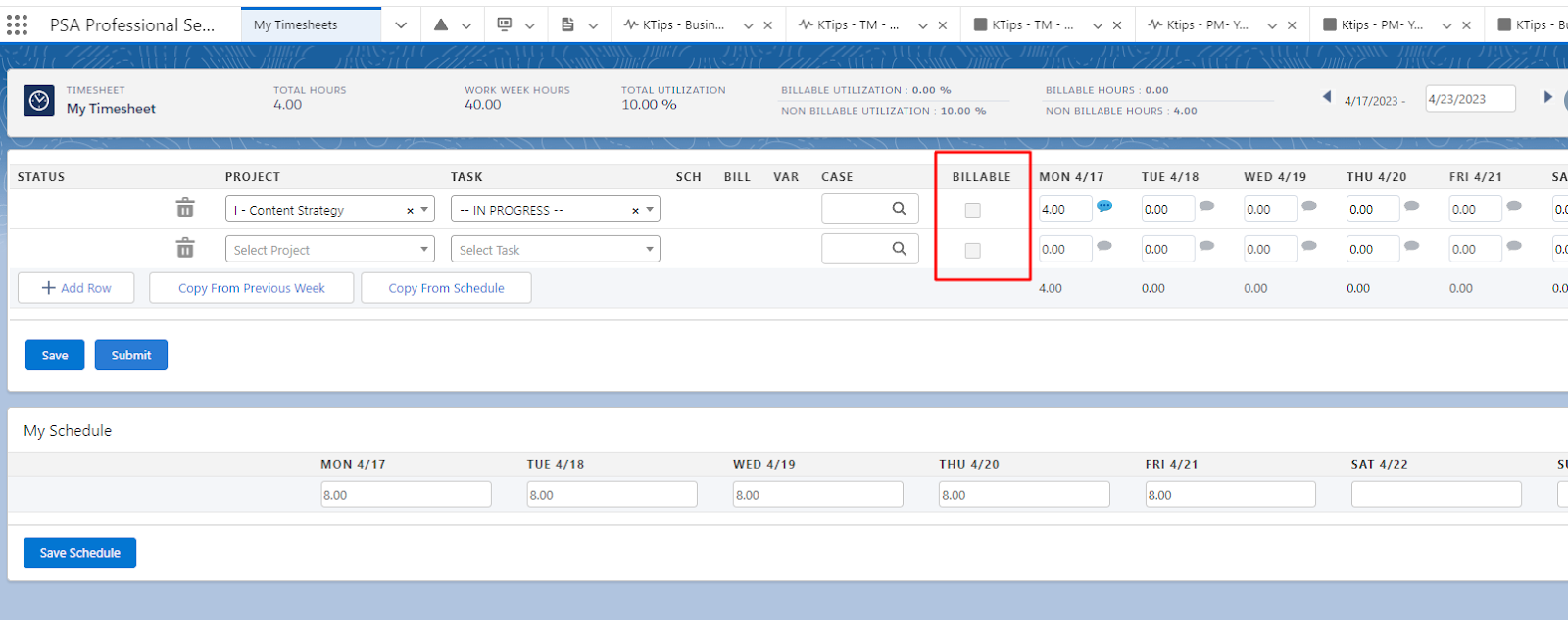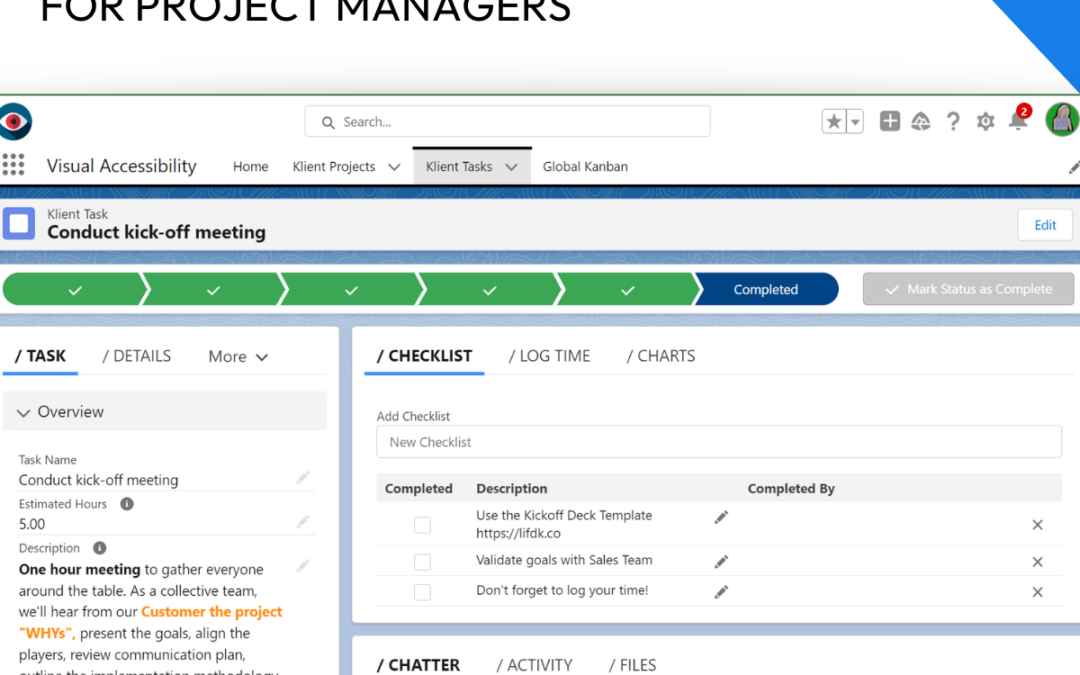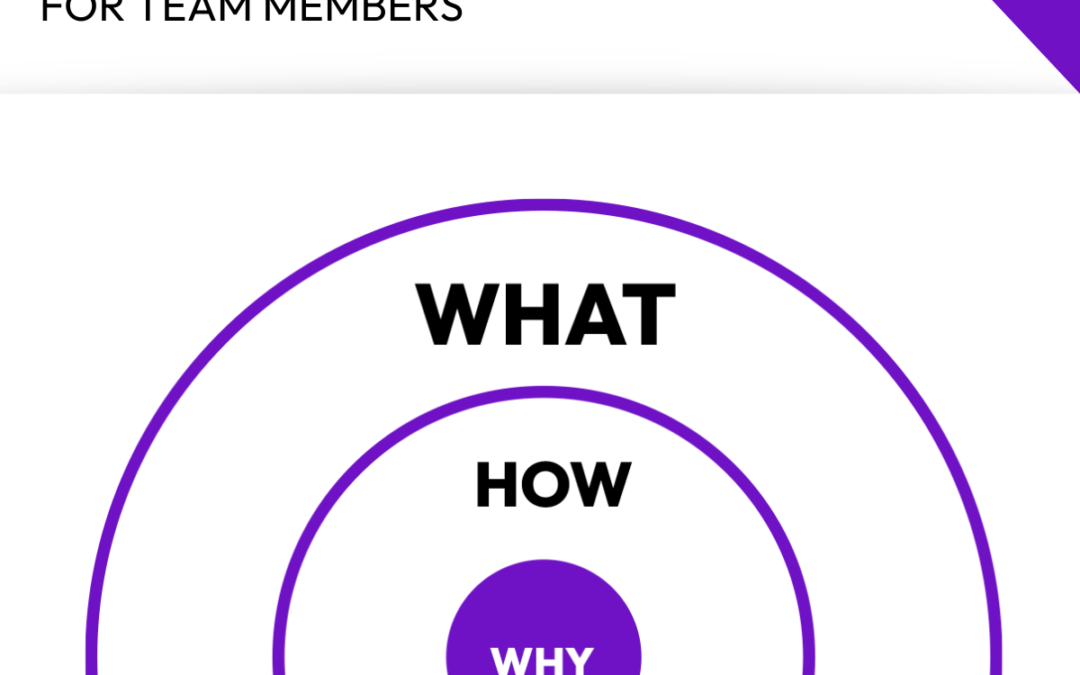What does implementing a PSA system do to a company’s business results? Let’s talk dry numbers.
A thought-provoking survey by MGI Research states that PSA systems were a common link between the most successful companies of 2022. These companies had 20% annual growth and also reduced revenue leakage to less than 3%. Businesses run without a PSA system didn’t have any positive results to show.
Did PSA solutions actually contribute to a profitability boost? Can software be an answer to more efficient management and productive collaboration? Let’s find out.
Book A Meeting With A Klient PSA Expert
What is a Professional Services Automation (PSA) System?
A PSA system is a software solution for more efficient management. PSA stands for Professional Services Automation. Its key advantage is combining various management tools into one convenient platform.
PSA software is a system for planning and controlling a company’s
- workflows;
- expenses;
- and resources.
The purpose of PSA systems like Klient, for instance, is to run the entire business on one platform.
PSA software replaces dozens of separate applications every service company uses daily. Instead of dozens of platforms designed for different purposes — project and resource management, delegating and planning, time tracking, invoicing — a company can opt for a single PSA system.
Who Are PSA Systems For?
Professional Services Automation software will be a great tool for companies that aim at less time-consuming and messy management.
- Professional service organizations: consulting firms, IT service providers, marketing agencies, and accounting firms.
- Companies with multiple projects or clients: healthcare organizations, research institutions, and event planning companies.
- Project-based businesses: construction, engineering, and architectural firms. The size of the business doesn’t matter – it can be a small startup or a large enterprise.
- Any company billed on a time and materials basis: IT companies, law firms, and marketing agencies.
Some PSA systems will suit smaller companies better than a business behemoth. So, it is always smart to understand the difference between PSA software solutions and know your management needs.
5 Benefits Of Implementing A PSA System
PSA systems save time and visualize business processes. That’s what lies on the surface. But let’s look for more specifics to understand what it brings to the entire business.
So, here is how PSA software can benefit professional services businesses.
Visualized business operations
PSA systems provide real-time service performance insights into project performance.
They visualize client, financial, resource management, and other key performance indicators. This helps organizations identify bottlenecks and take corrective actions on time.
Streamlined workflows
PSA systems help standardize workflows and centralize project management.
Collaboration and sharing information across teams become easier.
Fewer manual and time-consuming tasks
PSA systems automate many manual processes. It frees up employees to focus on more important tasks.
This can lead to greater productivity and efficiency across the organization.
Improved collaboration
PSA systems prompt more effective communication in a team. And the employees’ physical location won’t matter.
Staff can share updates, discuss tasks and deadlines, and access documents from anywhere.
Increased Accuracy
PSA systems reduce errors and inaccuracies, especially in time tracking, billing, and invoicing.
And the result is…
PSA systems = optimized workflows + real-time insights into company performance + fewer errors + clear communication + more time for important tasks.
PSA systems = Productive Management = Higher profitability = Growing business.
So, PSA systems are one of the keys in a bunch all businesses must have. These keys open the doors to higher profits, reduced expenses, hitting your KPIs, and faster growth.
10 Reasons To Find A PSA System For Salesforce
You might be needing a PSA system for Salesforce if your company has at least two of the worrying symptoms below.
- There are delays and errors when it comes to billing or invoicing.
- Your company tends to overbook or underutilize resources.
- Your team often misses project deadlines.
- Accessing important documents takes time.
- Your team lacks visibility into project updates.
- Budget overruns are normal for your projects.
- There is a lot of misunderstanding inside the team. It leads to errors and prolonged operations.
- It takes time and extra effort for a manager to check how a project is progressing.
- Remote employees have a worse understanding of the company processes. They are not as involved in projects as office staff.
- Employees spend more time on manual technical operations than on the project itself.
If your business suffers from 1 or 2 (or 10!) issues from the list above, the best time to invest in PSA software has come.
How PSA Software Can Benefit Professional Services Businesses
Bigger problems of a company root in poor management, we hope you’d agree with that. Business can’t progress when it lacks order on the inside. Automated software deals with issues of a lower level and helps to move forward.
PSA systems save time and make communication inside a service organization more efficient. It all leads to achieving business goals and boosting professional services KPIs.
Key Features To Look For In A PSA System For Salesforce
What to look for when choosing a PSA software, you might ask when a vast variety of options takes you aback. Remember that the ultimate goal of implementing a PSA system is not just convenience. It is improving business results and profitability.
A PSA system that can assist you and your team in doing so has to
- provide tools for more efficient project, resource, and customer experience management;
- ease financial activities and cut errors in that area;
- make accurate estimates and forecasts of profits and expenses.
These are minimum requirements. Let’s be more specific and see whether Klient checks all those boxes.
First off, let’s talk about the core operation of any service company – project management. Is there anything PSA software can do better than a human being? Let’s see what Klient suggests.
- The PSA defines and improves project success recipes.
- The management software plans projects for day-to-day visibility.
- The Klient PSA transforms successful projects into templates.
- Klient can compare project performance and identify improvements.
- The PSA also builds estimates to improve project margins
With a quality PSA system for Salesforce, you can optimize project management and deliver better projects or products.
Estimating and forecasting tasks might seem secondary, but they’re crucial for customer satisfaction.
- With pipeline forecasts, organizations get a better understanding of their workload and needs.
- Professional service software gives better visibility of a project. It also improves communication with delivery teams.
- Better estimates and forecasts stimulate sales teams. They deliver proposals faster and with greater confidence.
All these changes lead to improved service delivery and higher client satisfaction.
Klient’s customers report that better visibility of resource utilization has increased their annual revenue by 13%.
- PSA software keep track of employee shifts and accomplishments. It helps managers find better ways to maximize efficiency and avoid burnout.
- Analyzing resource capacity for ongoing and upcoming projects leads to better planning.
- The PSA solution takes into account individual work schedules and employee time off.
- PSA systems help organizations fill resource gaps and avoid overbooking or underutilizing resources.
- Keeping track of employees’ strengths in one place makes it easy to find the right person for any job.
Resources are the base and the heart of any business. PSA systems provide detailed insights into resource requirements and employee workloads. They help you take care of the most valuable asset of your company.
PSA repeatable processes can be a game-changer for a professional services business.
- Optimized operations help teams learn from past mistakes and build on successes. As a result, they always deliver high-quality services that keep clients happy.
- Proactive planning and managing client projects help teams stay on track and meet deadlines.
- Turning successful tasks into templates saves time and reduces risk.
- Automated timesheets improve accuracy and save time, which leads to better invoicing and cash flow.
Free up your employees from repetitive manual tasks! Let them brainstorm new strategies and launch projects instead.
It’s important to keep customers in the loop. They have to be aware of upcoming milestones. That’s how you manage their expectations and keep them happy with the project outcome. And again, a PSA solution comes in handy.
- Addressing potential roadblocks and issues is the best way to avoid customers’ disappointment.
- When your team and a customer are on the same page, you can easily manage customer expectations.
- Project status reports keep everyone informed about the progress. You can predict the project outcome and have right expectations about customer feedback.
And you know: a happy customer is the best business strategy of all.
Automatic invoices save time and let organizations focus on delivering value to their customers. A PSA system can be your little helper here as well.
- Tracking billables, expenses, and fixed fee milestones ensure clients never miss a deadline. It optimizes cash flow and increases client satisfaction.
- Managing billing and accounting integrations via a PSA system streamlines invoicing processes and improves accuracy.
- PSA systems reduce the risk of errors in invoice processing.
- Generating invoices with project milestones and detailed notes ensure clarity and transparency.
All in all, tracking payments within the application means keeping a close eye on cash flow and ensuring everyone is paid accurately and on time.
Best PSA System For Professional Services Organizations
While there are several PSA systems on the market, you’ll find that Klient PSA is one of the best!
Here’s what implementing Klient PSA means for professional services companies:
- Reasonable pricing (the Klient PSA software is $49 per user);
- Management tools better suited for small to medium businesses (less than 1000 employees);
- Native integration with Salesforce. Klient doesn’t just “integrate” with Salesforce – it is built into Salesforce!
All these features make Klient the best PSA system for small businesses. The Klient PSA system is a perfect fit for professional services firms, consultants, Saas companies, and Salesforce partners.
Plus, Klient is the only PSA software that offers professional services recipes — or templates — to help you improve your business. We have years of experience in the industry and know what it takes to be successful. With our recipes, you can streamline your processes, increase efficiency, and boost profits – all without building your system from scratch.
Klient PSA was designed with you in mind. We offer project frameworks specifically tailored for professional services organizations, so you can improve your business and get more work done. You’ll be able to see an immediate improvement in your business with just a little bit of effort. And if you need help implementing them, we’re here for you every step of the way.
But another detail that makes Klient PSA stand out is that it’s built by a team of professional services enthusiasts! As such, we know what it’s like to be in your shoes.
We designed this PSA system to make your life (and ours) easier. From creating and assigning tasks, to tracking deadlines and communicating with team members, we’ve got you covered.
Chat With Our Team
PSA System FAQs
What is a PSA system (Professional Services Automation Software)?
PSA stands for Professional Services Automation. It is software that helps services organizations manage resources, optimize workflows, and deliver quality products.
What are the best uses of PSA software?
PSA software is like a Swiss Army knife for businesses! It can do so many things: managing resources, expense tracking, invoicing, and keeping an eye on customer relationships. PSA software helps businesses work smarter, faster, and with fewer mistakes.
Why is PSA software important?
Top-performing organizations use PSA software to improve their profits and deliver better services. PSA helps them optimize their resources and manage their projects more efficiently.
What is the difference between PSA and PPM software?
PSA software delivers external billable work to customers, while PPM software focuses on managing internal resources.
Where does PSA software fit in an organization’s technology ecosystem?
A PSA solution sits between the CRM and accounting software. It serves as the operational backbone for service organizations.
What is the best PSA platform?
There are different types of PSA platforms available in the market. Businesses need to understand their needs and choose the best PSA solution for them. For instance, Klient is a perfect choice for small companies (200 employees or fewer), professional services firms, and Salesforce partners.
How Did PSA Originate?
Professional Services Automation (PSA) originated in the 1990s from the need to manage business more efficiently. Professional services firms grew and took on more clients. They needed a better way to manage their resources and projects.
PSA tools can help organizations manage revenue generation by
- providing better visibility into project timelines, resources, and costs;
- tracking project progress and monitoring resource utilization.
PSA tools can also streamline billing processes and ensure accurate and timely payments.
What is PSA in Salesforce?
PSA in Salesforce refers to a Professional Services Automation system that is native to the Salesforce platform. It helps organizations manage their resources, projects, time and expenses, invoicing, and customer relationships all in one system.
What is the difference between ERP and PSA?
ERP and PSA are two types of software. They manage different aspects of business operations.
ERP software focuses on core business processes like project accounting, inventory management, and supply chain management.
PSA software suits professional services organizations better. It focuses on project management, resource management, time tracking, invoicing, and customer relationship management.
Additionally, it can help to close the gap between sales and delivery.
While both types of software can be beneficial to businesses, they serve different purposes. Different kinds of organizations use them.
Automate the Busywork With Klient PSA
If you’re interested in learning how a PSA system can help you grow your business, we’d love to talk!
You can request a custom demo of Klient PSA below to see it for yourself:
Book A Call!


